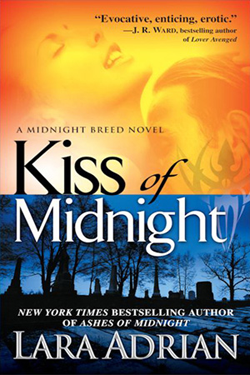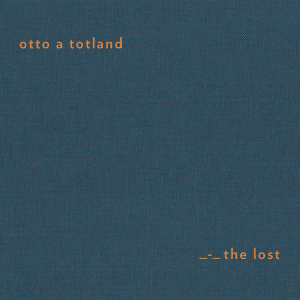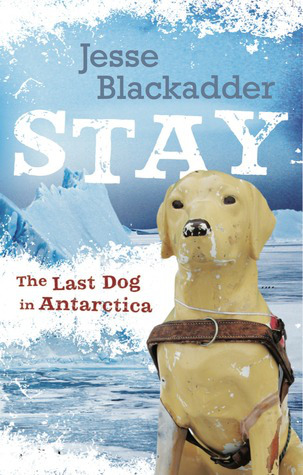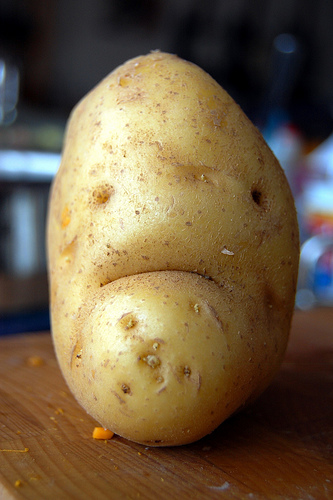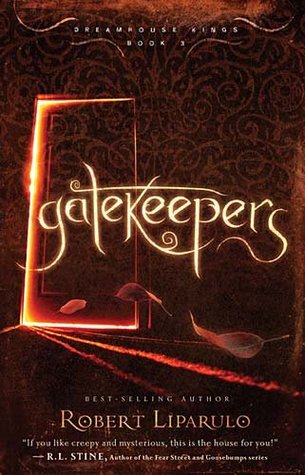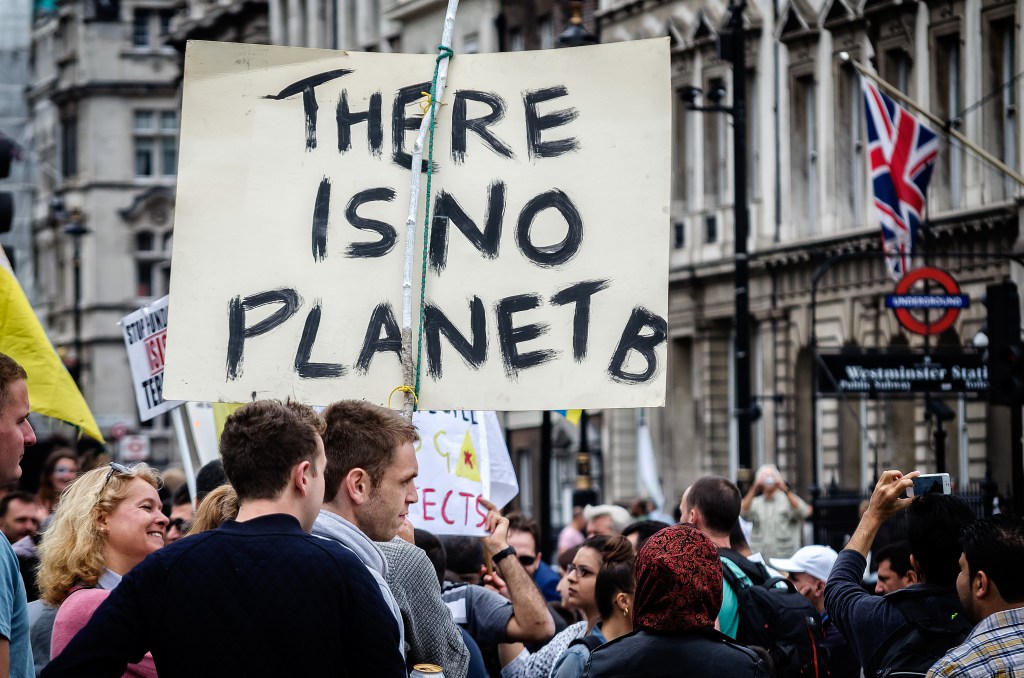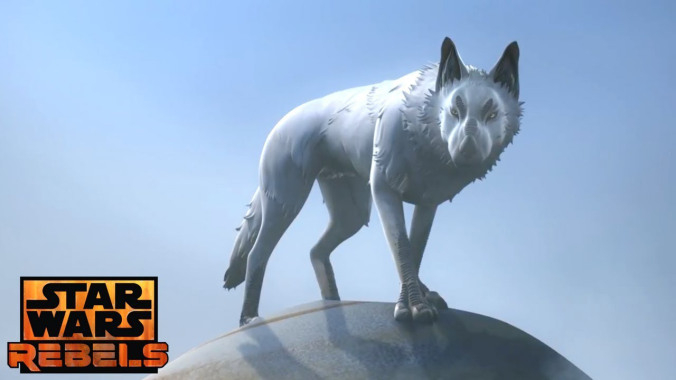Download links for: When the Killing's Done


Reviews (see all)
Write review
Good story with lots of twists intertwined. About radical environmentalism gone awry
Really enjoyed this. I need to read more T.C. Boyle.
I didn't think this book was ever going to end.
Great characters as usual. A rollicking ride.
Other books by Historical Fiction
Other books by T.C. Boyle
Related articles

